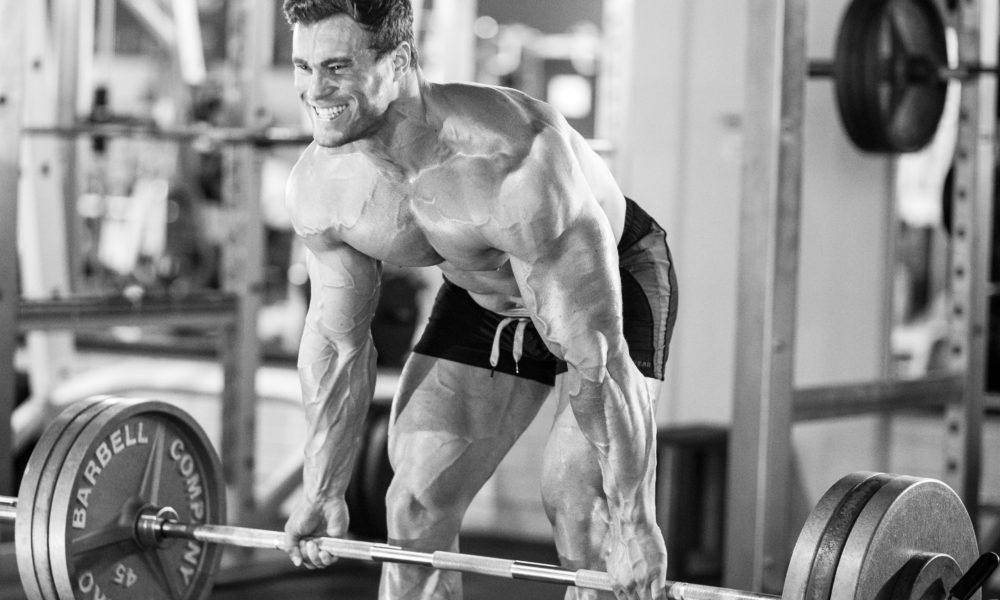

Answers to your questions about training, nutrition, recovery, and living the fitness lifestyle.
By Alexander Juan Antonio Cortes
Lewis: I’m currently following a push/pull/legs program, using progressively heavier weights. There is a small portion of lighter pump work, but it’s not the emphasis.
Is this a good program for max hypertrophy, or would I be best trying—and at times failing—to hit the reps for progressively heavier weight and let “feeling the muscle” take a back seat? Or should I go lighter on the exercises but emphasize squeezing/controlling/mind-muscle connection?

Alexander Juan Antonio Cortes: This answer depends on you. Hypertrophy depends on a few factors: Mechanical stress. Time under tension. Fiber recruitment. Metabolic fatigue. Eccentric damage. And lastly, and often overlooked, novelty of stimulus. Meaning, your training must be progressively changing just enough to represent a new challenge to your current state to prompt further adaptation.
Regarding the program you mentioned, this program may be a very good for muscle growth. If you’ve been following a higher-volume isolation-based program and had minimal results, focusing on heavier loads and progressive poundage could be exactly what you need. If this program is similar to your current training, though, then it may not be so effective.
The effectiveness of any given program doesn’t lie in the sets and reps, but on the trainee, and whether it’s suitable to that person’s “needs state” at this point in their training life.
To simplify things, are you experiencing results with this program? If so, continue with it. If not, look at what you might need to change. I’ll leave the critical analysis to you.

Curtis: Can you do a clean bulk? Or is fat gain just part of muscle gain?
AJAC: Yes, you can. The leaner you are you, the better your ability to put on muscle. Leaner individuals put on more muscle per pound of weight gained than fatter individuals. This is due to various physiological factors, but overall, a “lean gain” can absolutely be done. It’s just a slow process of accretion. How lean should you be for a lean gain? Around 10 to12 percent body fat. If you’re above that, lower your body fat first, then start a gaining phase.
Matt: How important is it to do unilateral exercises in training? Aside from one-arm dumbbell rows, I don’t really do any single limb work, and I’m wondering if I’m missing out on improving my strength and adding muscle.
AJAC: In the strength and conditioning world, there is a concept called “bilateral deficit.” Basically, this means that if you have one side of the body that is grossly stronger than the other side, you have a strength deficit, and you should fix it.
Is this concept “true”? It can be, as some people do have a significant strength difference between the left and right side. Typically, this is also accompanied by a difference in hypertrophy as well. If this is you, it would be advisable to make about one-third of your movements unilateral ones for eight to 12 weeks to even this out. If this isn’t the case, and your right and left sides are relatively equal, then there isn’t a real need to add in unilateral exercises. Incorporating split squats and one-arm dumbbell rows covers most people’s “deficit” without needing to do much else.
Sean: What do you think of phytochemicals?
AJAC: Phytochemicals typically refers to unique enzymes that are found in vegetables and fruits (and all plants for that matter). That fact stated, I have no idea what you’re asking. What do I think of phytochemicals relative to what, exactly? Here is a suggestion: Drink a gallon of water a day, eat a high-protein diet, and train hard at least four days a week. Do all of that consistently for a few years. If you still think phytochemicals are important after that, then ask me again.
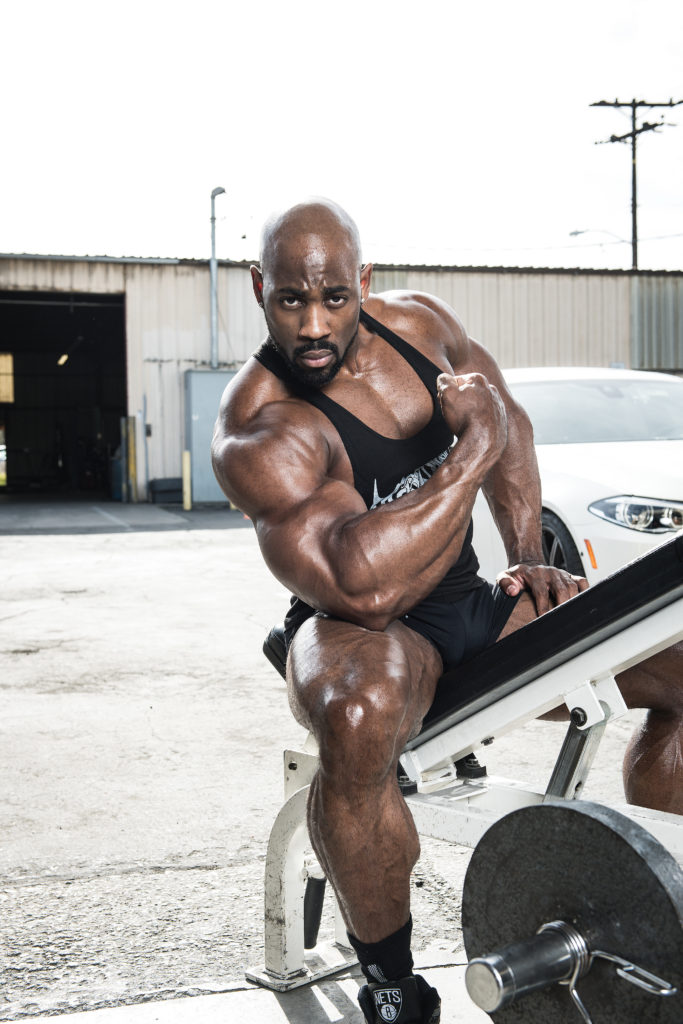
Ben: What’s the best biceps exercise?
AJAC: There’s no such thing. Exercise effectiveness is, however, very dependent upon structure, mainly muscle belly length and tendon origin and insertion.
• If you have long muscle bellies and short tendons (your bicep starts right at the inside of your elbow), you can do practically any bicep exercise and likely will find it effective. This comes down to experimenting and seeing what gives you the best contraction and pump.
• If you have short muscle bellies and long tendons, you’ll need to be very specific with your movements. Select exercises that allow you to keep constant tension on the biceps muscle, and shorten the ROM if needed. Avoid stressing the joint as much as possible. Cables, bands, and dumbbells tend to work better over barbell curls in this regard.
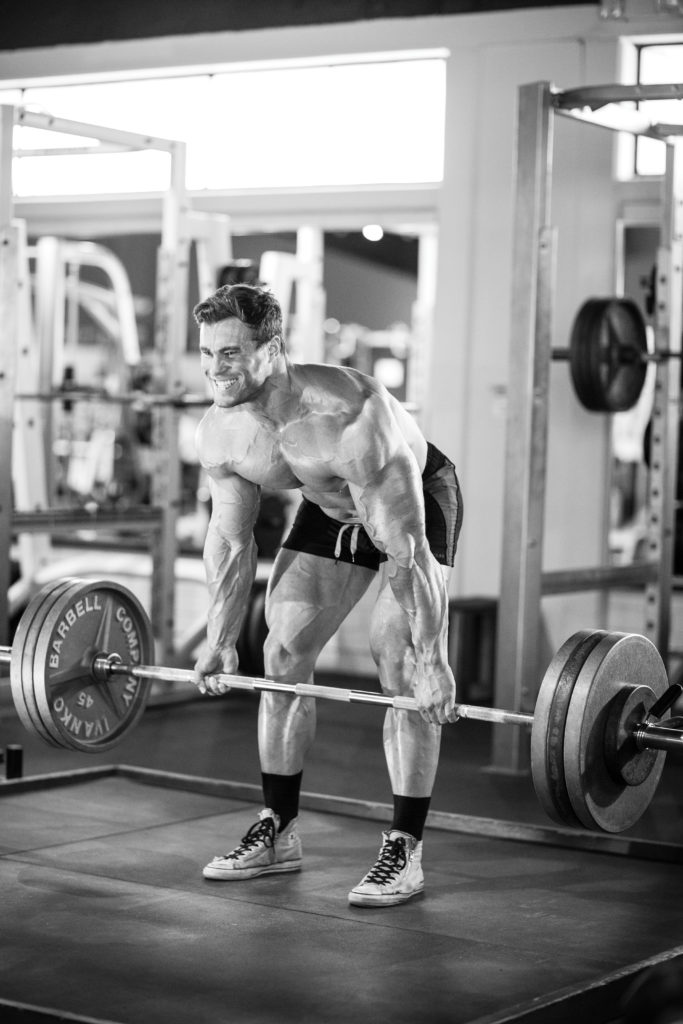






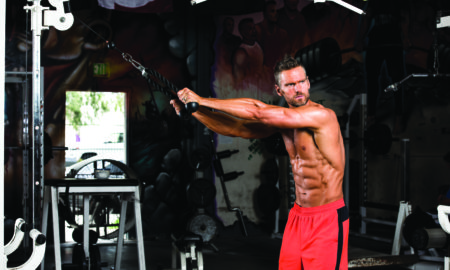
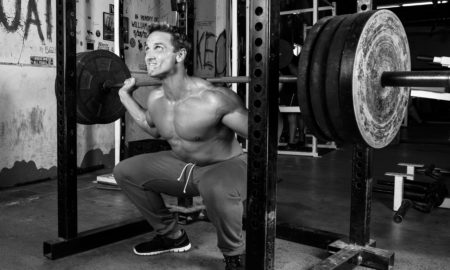














You must be logged in to post a comment Login